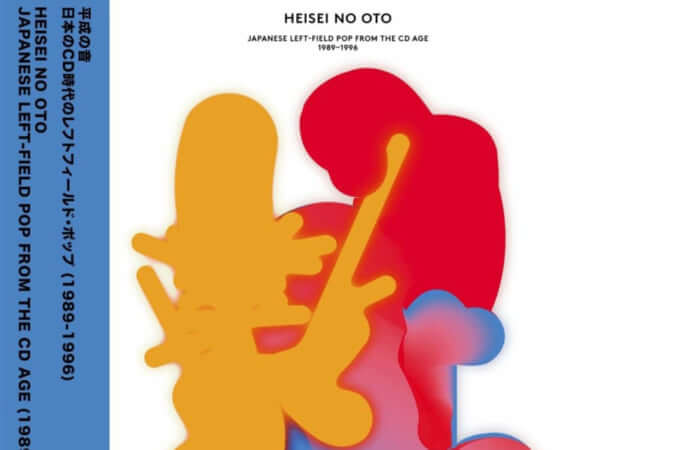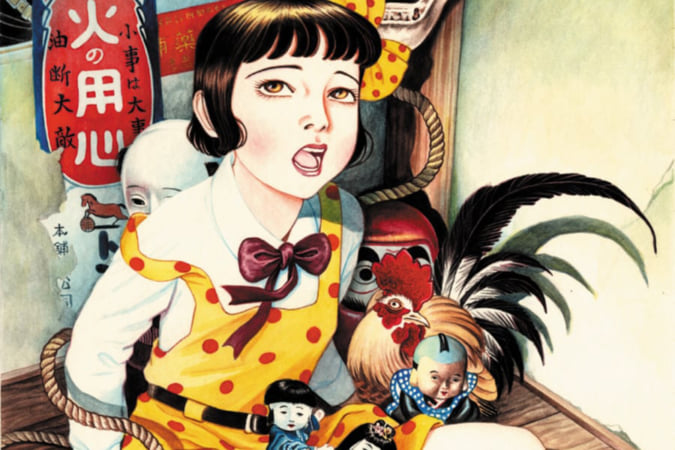One of Yayoi Kusama’s Founding Works Revived by the Louis Vuitton Foundation
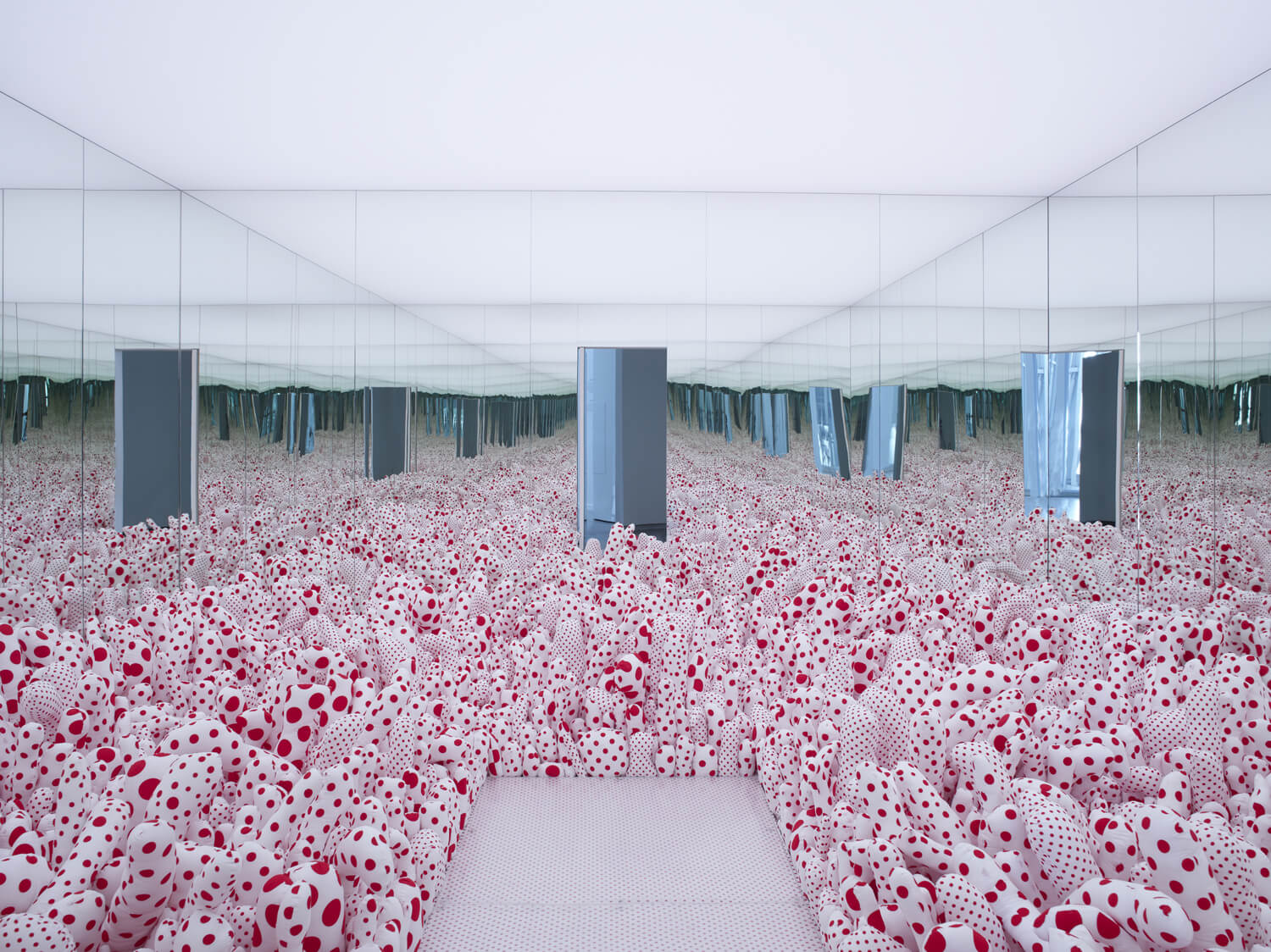
Yayoi Kusama, Infinity Mirror Room - Phalli’s Field (or Floor Show), 1965/2013, vue d'installation, galerie 11, exposition La Collection de la Fondation : le parti de la peinture, Fondation Louis Vuitton Paris, du 20 février au 26 août 2019. Crédit artiste : © Yayoi Kusama Crédit photo : © Fondation Louis Vuitton / Marc Domage
A room with walls adorned with mirrors. On the floor, there’s a messy forest of sculptures made from stuffed cotton fabric – which could be mistaken for cushions – with red dots against a white background. Phalli’s Field, the title of which is clearly suggestive, is without doubt one of Yayoi Kusama’s most famous works.
Developed in New York in 1965, it marked a turning point in the career of this artist, who would then go on to develop her Mirror Rooms, works based around reflection and the place of the body in reality. An immersive piece, Phalli’s Field would become the setting for Yayoi Kusama’s performances and representations. A famous photo shows her dressed in a red bodysuit, lying down in this field of fungal sculptures.
This installation has taken its place on the top floor of the futuristic Louis Vuitton Foundation building as part of the exhibition entitled ‘The Collection of the Louis Vuitton Foundation: A Vision for Painting’, which is running until 26th August. It’s an invaluable opportunity to immerse oneself in the roots of this work by one of the greatest Japanese contemporary artists.
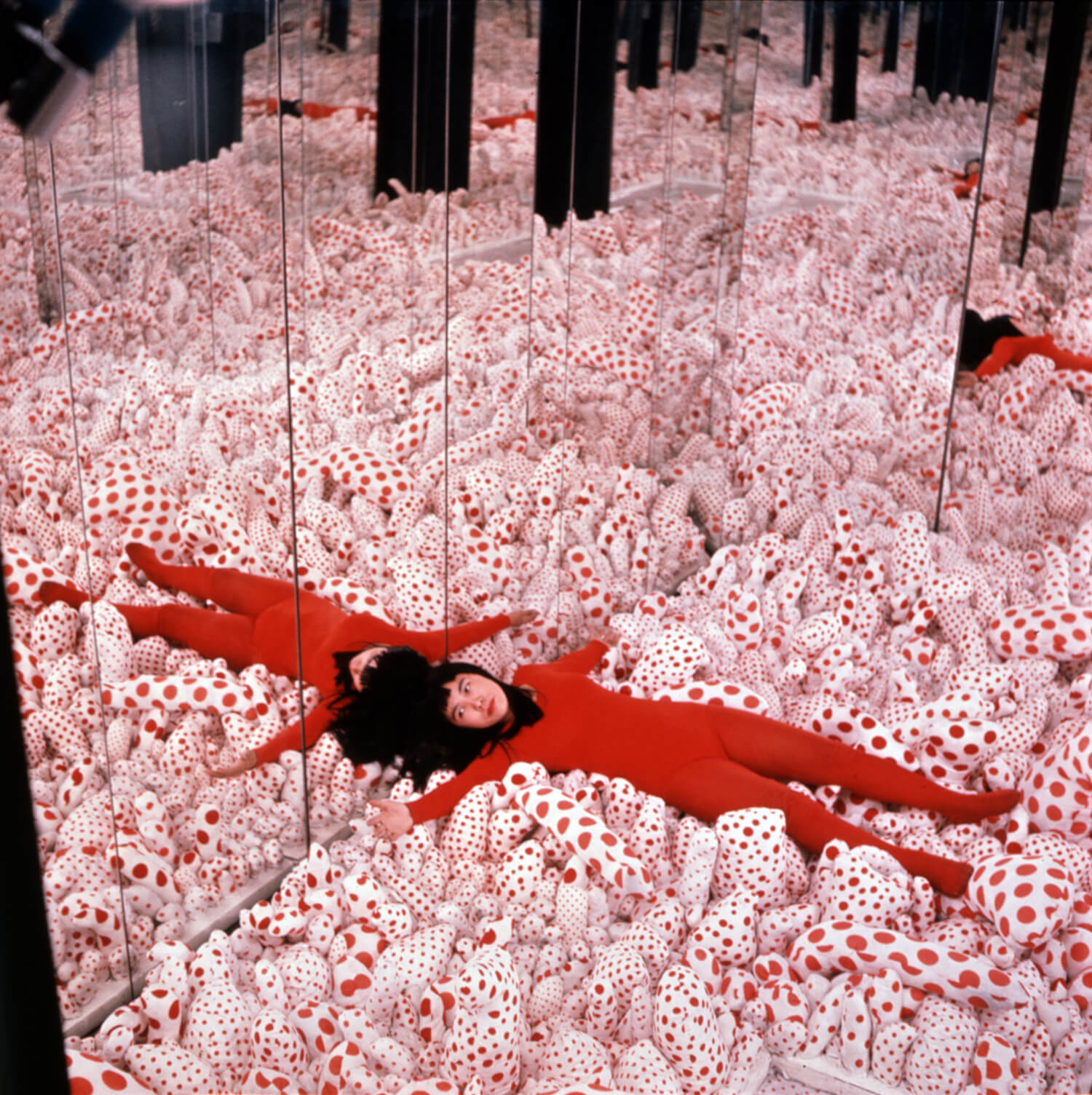
Courtesy of Ota Fine Arts, Tokyo/Singapore; Victoria Miro, London; David Zwirner, New York. © Yayoi Kusama
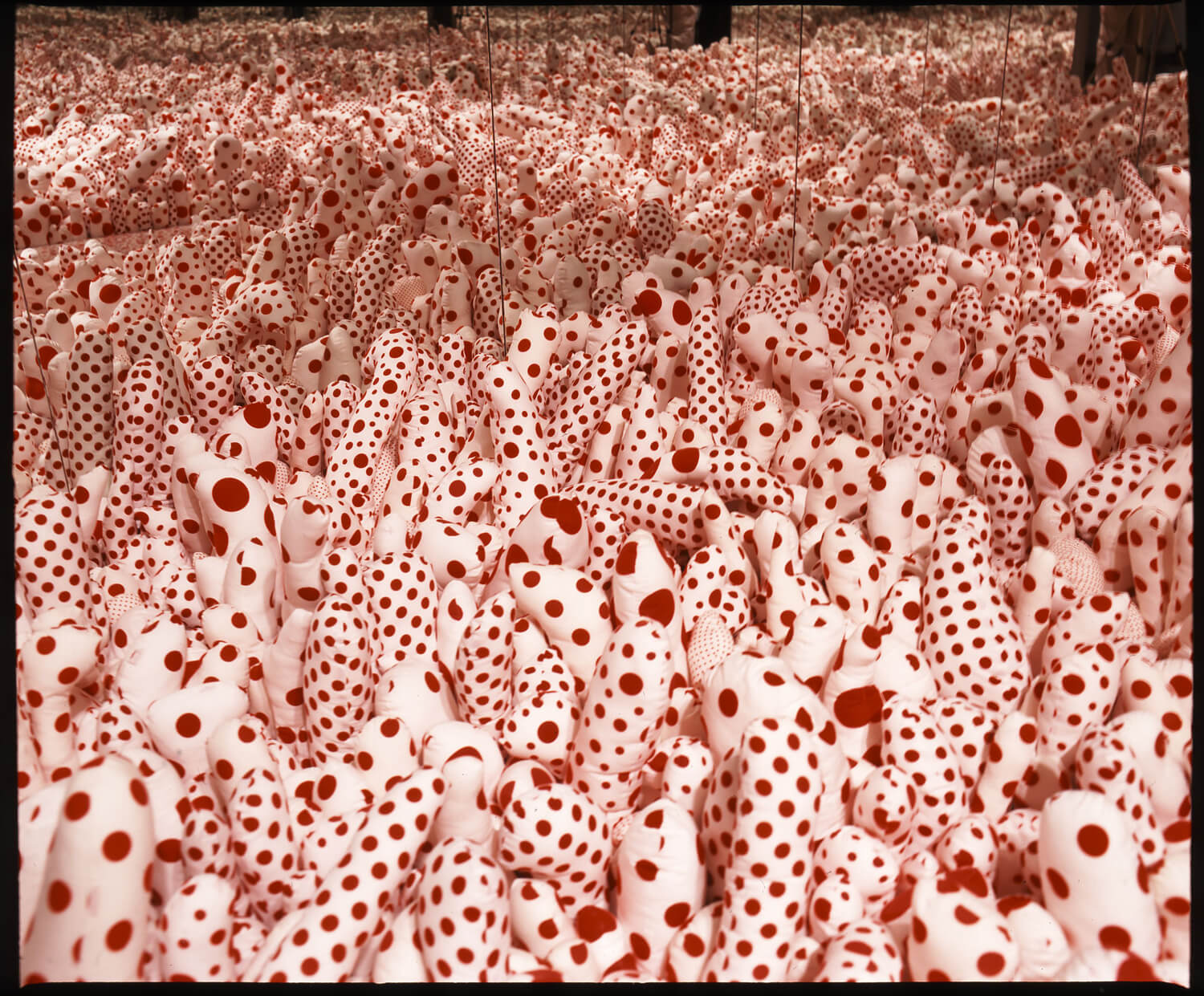
Yayoi Kusama. Infinity Mirror Room - Phalli’s Field (or Floor Show), 1965/2013. Collection de la Fondation Louis Vuitton Paris. © Yayoi Kusama. Photo : Courtesy Yayoi Kusama Studio, Ota Fine Arts, Tokyo / Singapore and Victoria Miro, London
TRENDING
-
The Tattoos that Marked the Criminals of the Edo Period
Traditional tattoos were strong signifiers; murderers had head tattoos, while theft might result in an arm tattoo.

-
The Story of Sada Yacco, the Geisha who Bewitched Europe
Described by Dazed magazine as the first beauty influencer, she has been restored to her former glory since 2019.

-
Chiharu Shiota, Red Threads of the Soul
Last year, more than 660,000 people visited the retrospective 'Chiharu Shiota: The Soul Trembles' exhibit at the Mori Art Museum.

-
Japanese Left-field Pop From The CD Age, 1989-1996
‘Heisei No Oto’, a compilation of hidden gems in the unspoken depths of Japanese pop, reveal blissful moment of technological possibility.

-
‘Shojo Tsubaki’, A Freakshow
Underground manga artist Suehiro Maruo’s infamous masterpiece canonised a historical fascination towards the erotic-grotesque genre.




